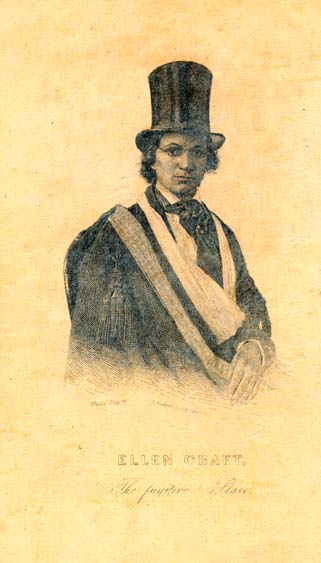The Hairstons: An American Family in Black and White (review)
Henry Wiencek. The Hairstons: An American Family in Black and White. New York: St. Martin’s Press, 1999. Xx + 361pp. $24.95 (cloth), ISBN 978-0-312-19277-8.
H-Net Reviews: in the Humanities & Social Sciences
April 1999
Catherine Clinton
HISTORIES OF RECONCILIATION
It was with joy and fear that I finished Henry Wiencek’s breathtaking saga, The Hairstons: An American Family in Black and White. Joy, in that I was introduced to such a compelling cast of characters, set within riveting contexts, drawn with insight and erudition, illuminated by vivid, narrative that pulls the reader toward the important reckoning slavery continues to create for us all. Fear, in that the resonance of this story, the compelling quality of the author’s prose, the superior level of his research, both with oral histories and archival digging, may set too high a standard for future work.
But we must all swallow our fears, and let Wiencek’s remarkable confrontation with slavery wash over us. The author allows us to make a journey along with him, by letting us know how he innocuously began his investigation of a North Carolina plantation, and then spent seven years tracking down the remarkable Hairston family from its colonial roots to the present. On the brink of the Civil War the white Hairstons owned forty-five plantations in four states, with combined slave holdings of over ten thousand slaves: Samuel Hairston of Oak Hill, Virginia had land and slaves worth nearly five million dollars–reputedly the largest slaveowner in the South. But Wiencek also began his quest by attending an African American family reunion of Hairstons, with nearly a thousand in attendance from all over the country. His curiosities, his hesitancy, his reverence all interlace his analysis. He joined up on the amazing trek toward their African-American past, guided by the voices of blacks forced to keep counter-accounts, unabashedly determined to restore some balance to whitewashed tales of a plantation past dripping in nostalgia…
Over the past twenty years, numerous scholars have been able to demonstrate the way in which shadow families and white male sexual coercion could and did shape conficts within southern culture, in particular I am thinking of Carol Bleser and Drew Faust on James Henry Hammond, Kent Leslie, Jean Yellin, Adele Logan Alexander, Deborah White, Jacqueline Jones, Mary Frances Berry and Darlene Clark Hine, among others, on African American women’s responses, and Nell Painter, Peter Bardaglio, Elizabeth Fox-Genovese, and this reviewer, among others, on white women’s responses. Although much of this scholarship has become conventional wisdom within southern women’s history, it has been resisted mightily by many scholars working on slavery and on the nineteenth century more generally. The fact that rape, coercion and concubinage were institutionalized within ante-bellum southern slavery remains a contested issue.
The passionate opinions exchanged in late 1998 over DNA testing of descendants of Thomas Jefferson’s female slave, Sally Hemings, has created more than a tempest in a teapo–more like a hurricane, gale winds creating havoc and bluster among historians of early America.
So much of the evidence” concerning interracial heritage, short of DNA testing, remains dificult to dig up. Much of this evidence remains within the realm of oral histories passed down in families–most often black families. It is stumbled upon by modern historians, in the majority white scholars, who have limited access to African American family lore. I am reminded of the white southern scholar who confided to me that when he went to interview a black family in the 1980s he was surprised to see a large portrait of Nathan Bedford Forrest, founder of the Ku Klux Klan, hanging in their home–but was informed Forrest was an ancestor!
The issues surrounding mixed race legacies are topics that I believe academically trained scholars continue to stumble over and continue to stumble around. So it should be no surprise that the most compelling books dealing with this constellation of concerns have been produced by those outside the academy: Shirlee Taylor Haizlip’s The Sweeter the Juice: A Family Memoir in Black and White and Edward Ball’s National Book Award-winning Slaves in the Family…
…The way in which black and white Hairstons are able to confront or deny their mixed heritage becomes a running theme of the book as well. Does Peter W. Hairston, the white patriarch with whom the author began his quest, really want to know the truths about his family, especially his grandfather? How are Ever Lee Hairston, an outspoken black woman, and Lucy D. Hairston, a white southern lady of the old school, able to make their peace?…
Read the entire review here.






